
Rocky Mountain coal mine in Alberta takes next step to expansion
In Alberta, a massive open-pit coal mine near Jasper National Park is hoping to expand...
When B.C. Supreme Court Justice Emily Burke served her ruling on a long-fought case between Blueberry River First Nations and the province in late June, unequivocally determining the B.C. government breached the Nations’ Treaty Rights by permitting and encouraging widespread resource extraction, she noted B.C.’s regulatory regime for industrial development is broken.
It was a precedent-setting decision — the first to find that cumulative impacts can add up to a breach of Treaty Rights — and it could have sweeping implications for oil, gas, forestry and hydroelectric development across Canada.
“You’ve got to hope that the decision is serving as a wake-up call for B.C. that structural systemic change is needed to address these issues,” Gavin Smith, lawyer with West Coast Environmental Law, told The Narwhal in an interview.
While public awareness is often centred on the impacts of a particular project or a single industry, such as logging or fracking, decades of industrial development have irrevocably altered landscapes.
By 2016, for example, 73 per cent of the Blueberry River First Nations’ traditional territory was within 250 metres of an industrial disturbance.
The Blueberry’s successful court case connected the dots between disparate industries, from mining and forestry to hydroelectric dams and fracking — showing how they layer impacts on the landscape, compounding changes to ecosystems, wildlife and ways of life.
While the province has not appealed the ruling and has since committed $65 million to restore habitat and culture on the Blueberry River Nations’ territory, the big lingering question is whether the province will overhaul its regulations to reduce the risk of further litigation from other impacted Indigenous communities or take a “wait and see” approach.
“There’s an open question of whether B.C. will meet the challenge head on in an honourable way, or whether it will adopt and continue a pattern of deflection and delay that we saw following major [Indigenous] Title wins like Delgamuukw,” Smith said, referring to a groundbreaking court case on Rights and Title brought by Wet’suwet’en and Gitxsan plaintiffs in 1997.
The Delgamuukw case and a profound win by the Tsilhqot’in First Nation in 2014 established Indigenous Rights and Title as protected under Canadian law. Yet the province still permits projects like the Coastal GasLink pipeline, fiercely opposed by Wet’suwet’en hereditary chiefs, who have continually noted the pipeline is “an illegal project.”
The province also permitted exploratory work for a contested mine near Fish Lake, a body of water considered sacred to the Tsilhqot’in, without the nation’s consent.
So, many are now wondering if the Blueberry court case will accomplish what the Delgamuukw and Tsilhqot’in rulings so far have not.
Here are six things you need to know about the implications of the Blueberry court decision in B.C. and beyond.
The Site C dam, currently under construction on the Peace River, would impact Blueberry River and other Treaty 8 Nations’ territories.
BC Hydro recently noted in its quarterly progress report the Blueberry decision could impact the project’s schedule, which has already seen significant delays and cost overruns.
“Although BC Hydro believes that the Blueberry decision should not affect the issuance of permits because the project is approved and under construction, there remains the possibility that the timing of the issuance of provincial permits required for the completion of the project may be affected.”
While the Crown corporation maintains the court decision will not stop the project in its tracks, the ruling will inevitably influence future rulings on court cases related to Site C. West Moberly First Nations, another signatory to Treaty 8, is taking the province to court on claims that B.C. is infringing on its Treaty Rights by proceeding with Site C construction.
“Construction and operation of the dam will cause profound and immitigable violation of the rights of West Moberly set out in Treaty 8 and guaranteed by the constitution,” Willson wrote in an open letter to Premier John Horgan.
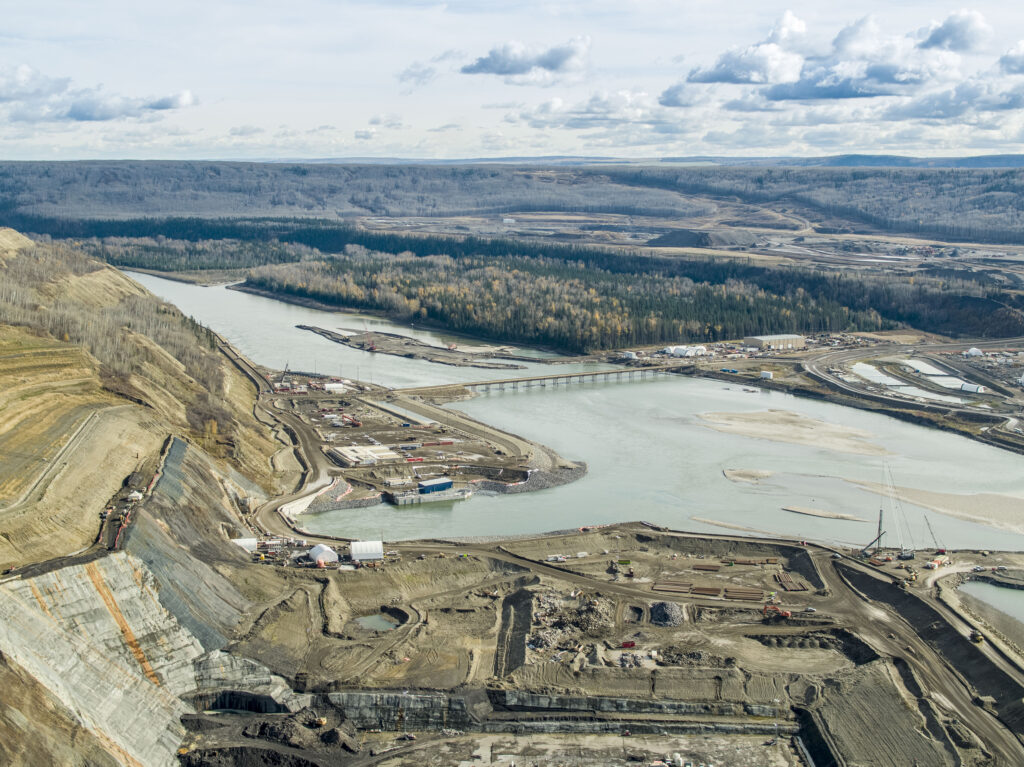
Chris Tollefson, professor of law at the University of Victoria, told The Narwhal the Blueberry ruling will undoubtedly impact West Moberly’s case.
“I think that the implications for Site C are enormous,” he said in an interview. “I’m sure that the lawyers on all sides of that litigation are pondering the path forward. I don’t think this was a development in the law that was necessarily expected but it is a game changer for the Site C litigation.”
He noted it’s particularly significant the province didn’t appeal the court ruling.
“It’s presumed to state the law accurately and … that decision now becomes the law, at least in British Columbia, binding on all parties and in particular upon the government. It’s especially persuasive in relation to Treaty 8, of course, and that is the same treaty to which West Moberly has subscribed.”
The trial is expected to begin in March 2022.
The impacts of the court ruling could extend beyond provincial borders, according to legal analysts.
A team of lawyers at Osler, a firm with offices in Canada and New York, noted the decision is precedent-setting for Indigenous communities with established treaty agreements in a summary published after the ruling.
“Many parts of Canada have seen material population growth, infrastructure and/or resource development since the time that historic treaties with Indigenous groups were entered into,” the authors wrote. “We expect [the ruling] will lead to similar cumulative effects claims across Canada, particularly across the Prairies and northern Ontario with historic numbered treaties similar to Treaty 8.”
Tollefson agreed and called the ruling a “landmark decision.”
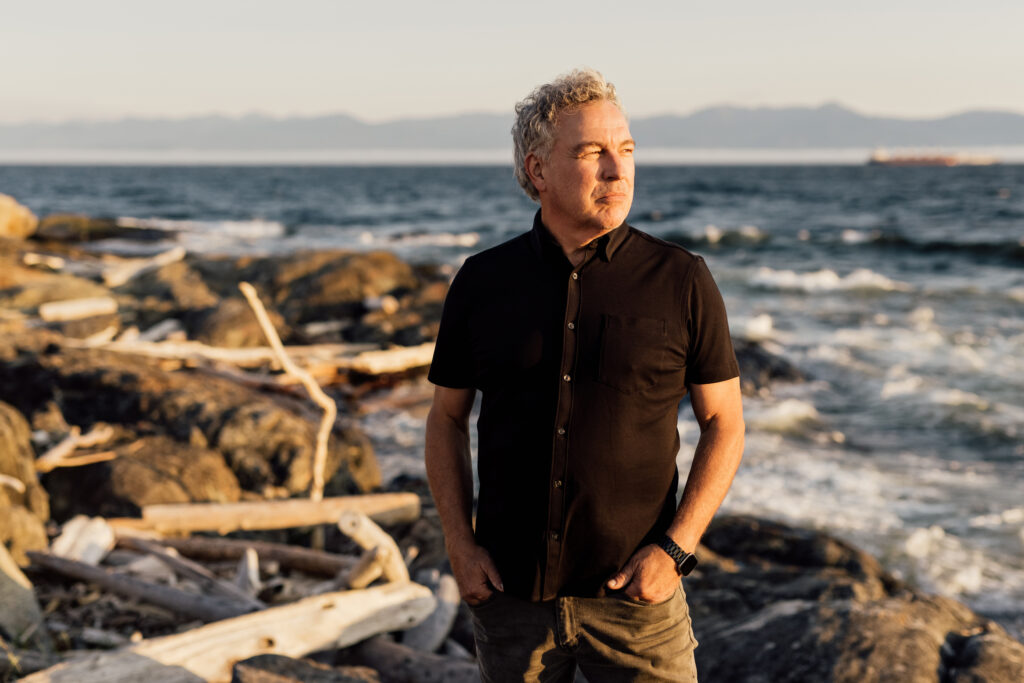
“It represents, really, the first time that the government’s Treaty obligations — in particular in this case, Treaty 8 — have been assessed in the context of ongoing and profound adverse cumulative effects,” he said.
He noted that litigation based on the precedent set by this ruling is possible and perhaps even probable, but it could also serve as a means to avoid costly and time-consuming court cases.
“Nations that signed these treaties now have a new argument to bring to the table in dealing with resource companies and governments,” he said, adding the ruling also impacts Indigenous communities without treaties.
In 2019, B.C. became the first province or territory in Canada to pass legislation toward adopting the United Nations Declaration on the Rights of Indigenous People (UNDRIP) and just this year, the province released a draft list of 79 actions it would take to achieve this.
Those actions include a mandate for government to receive the free, prior and informed consent of affected Indigenous groups on development projects.
The province has long argued it had to proceed with the Site C dam due to “sunk costs,” which currently has a projected final price tag of $16 billion. But the court ruling, and impending West Moberly trial, could render those arguments meaningless.
The ruling has other economic impacts as well. Every time the province ends up in court as a defendant, the costs associated with fighting the case come from public coffers. The Ministry of the Attorney General told The Narwhal it could not provide the costs of litigation associated with the Blueberry River First Nations court case.
“Legal billing information, including the amount of fees and disbursements, is protected by solicitor-client privilege and will not be disclosed,” a ministry spokesperson told The Narwhal in an email.
“This Blueberry River hearing was a very complex proceeding and I’m sure that it … was extremely expensive,” Smith, with West Coast Environmental Law, said. “Almost more importantly, though, is the financial costs and implications of the Crown having to deal with these cases on multiple fronts if it fails to uphold its obligations to take care of cumulative effects.”

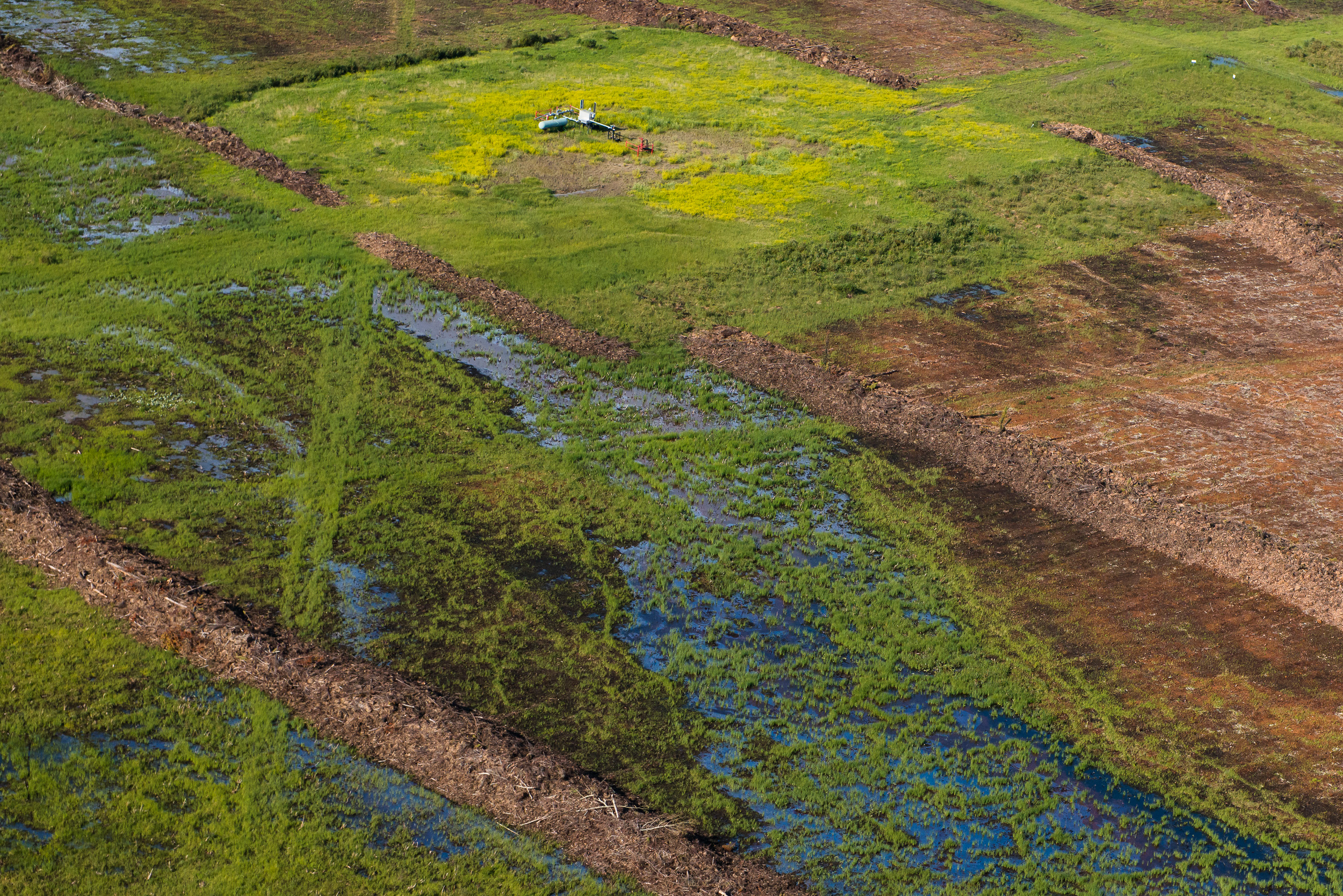
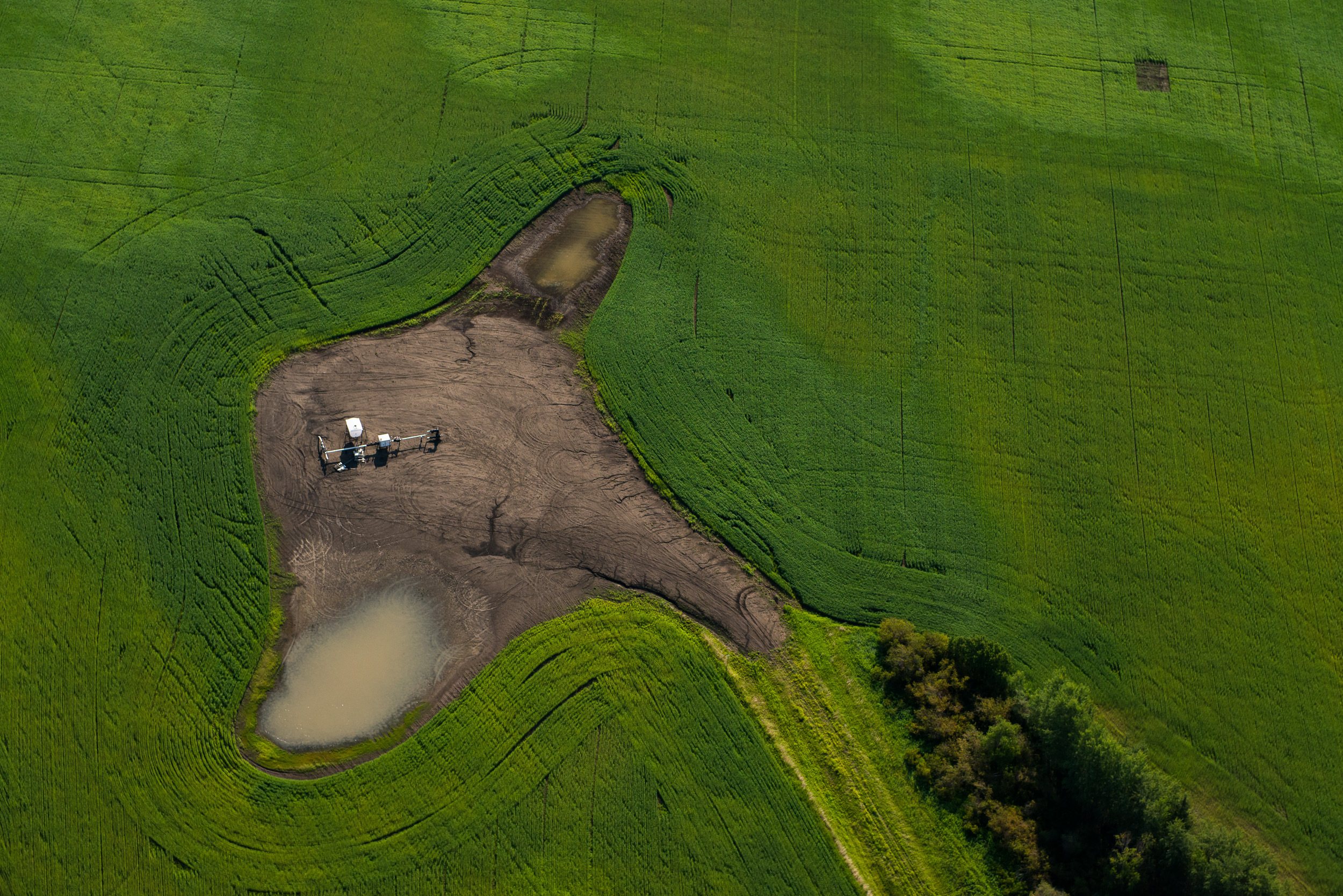
He added there’s an additional financial risk if the province is unable to approve projects based on the court ruling and others that may follow.
“What we see in the Blueberry River decision is the court basically saying, ‘Okay, enough, stop these approvals until you deal with the cumulative impact of your decisions on [Indigenous] land and Title’ — and that risk exists elsewhere.”
The risk of lost revenue comes as the province faces increasing criticism for subsidizing fossil fuel extraction.
A recent economic analysis of B.C.’s natural gas industry noted the province is subsidizing the industry to the point where any additional costs could mean B.C. receives zero revenue from future operations.
The Ministry of Energy, Mines and Low Carbon Innovation has initiated a review of its royalty credit programs, which critics call outdated and say encourage development of low-value gas deposits. On Nov. 10, the province released a discussion paper and the public can provide feedback until Dec. 9.
A recent independent assessment of the credit program, commissioned by the province, noted the royalties the province currently receives will be impacted by the court ruling, and associated agreements.
“Indigenous Peoples have traditional territorial rights distinct from those of other Canadians. The extent of these rights over minerals is evolving with recent legal decisions affording greater control of resource development to First Nations and in particular, the need for the province to account for cumulative effects from development,” economists Nancy Olewiler and Jennifer Winter, wrote.
They added Treaty 8 Nations are also working with the province on land entitlement agreements.
“Once completed, the province will relinquish subsurface rights to oil and gas tenure as well as rights to royalty revenues on the transferred territory.”
The court decision found the province’s cumulative effects framework insufficient and, in most cases, not even being applied, so B.C. now has a choice: it can either act quickly to beef up the framework and start applying it everywhere in the province or risk the possibility of an onslaught of lawsuits.
One of the biggest challenges in connecting the dots between industries and managing cumulative impacts, from a policy perspective, is each industry is governed by its own regulatory regime. For example, the BC Oil and Gas Commission oversees fracking and pipelines and the Ministry of Forests, Lands, Natural Resource Operations and Rural Development manages forestry, while the Ministry of Environment and Climate Change Strategy handles environmental assessments and approvals for major projects.
Justice Burke acknowledged the difficulty of developing a system to take into account the combined impacts of multiple industries.
“It is clear that the process of developing a cumulative effects assessment that can apply to the whole of the province and be tailored to specific regions is a monumental task,” she wrote in her ruling but added the province has not given its decision makers sufficient tools to address impacts, nor has it responded quickly enough to a 2015 Auditor General report that flagged numerous flaws in the province’s cumulative effects framework.
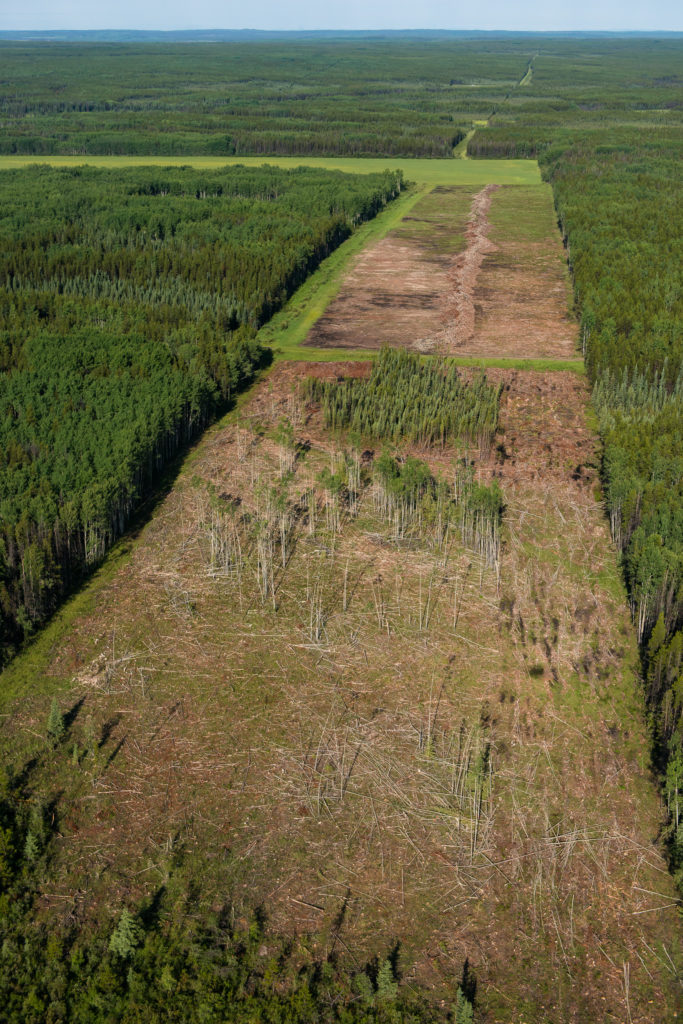
“Much of what the Auditor General said in 2015 regarding lack of progress on cumulative effects assessment and management remains true today.”
She chastised the province for dragging its heels on implementing an effective system to assess and manage cumulative effects.
“It has been nearly 10 years since the province signed off on a charter to undertake this work. It is five years past the date when the province said (in response to the Auditor General’s report) that its cumulative effects policy would have province-wide implementation,” she wrote. “Meanwhile, development continues to proceed apace, notwithstanding some pauses due to the pandemic.”
As The Narwhal reported in 2020, B.C. added a tool to its Environmental Assessment Act that enables the Minister of Environment to pause assessment of individual projects while the province conducts regional assessments of cumulative impacts. However, the province has yet to conduct its first regional assessment.
A spokesperson for the ministry told The Narwhal in an emailed statement the Environmental Assessment Office is working to identify “potential regulatory and policy gaps” that could be addressed through regional assessments but confirmed the department has yet to finalize regulations.
“While the [office] does not have a specific timeline, we are developing the necessary policies and regulations to implement a regional assessment regulation that complements and does not duplicate existing government land use and resource planning initiatives in B.C.”
At a recent press conference, Blueberry River First Nations Chief Marvin Yahey said his community had been trying for decades to stop the province from authorizing more and more projects.
“We felt fear, anger, helplessness and so much frustration as we tried for years to get government to listen,” Chief Yahey said.
Justice Burke gave the province until the end of December to negotiate and navigate the changes necessary to move forward with any future industrial development on Blueberry River First Nations territory.
The Nation and the province recently agreed to allow 195 previously approved forestry and oil and gas projects to proceed, while hitting the pause button on 20 projects that have the potential to impact areas of significant cultural and ecological importance.
When the six-month deferral period is up, the province can no longer authorize any industrial activities that “breach the promises included in the Treaty, including the province’s honourable and fiduciary obligations associated with the Treaty, or that unjustifiably infringe Blueberry’s exercise of its Treaty Rights.”
This means the Nation will be in a position to say no to any proposed projects on the basis of cumulative impacts.
As part of its action plan to implement UNDRIP, the B.C. government proposes a more robust system around treaties, in particular fulfilling the obligations laid out in treaties.
“The treaty implementation infrastructure commitment will likely be given even more focus in light of the recent decision in the B.C. Supreme Court which concluded that the B.C. government had infringed the treaty rights of the Blueberry River First Nation through the cumulative impacts of provincially authorized industrial development in their traditional territory,” according to a summary of the action plan on the law firm McCarthy Tetreault’s website.
Neighbouring Treaty 8 territories, such as Saulteau First Nations and West Moberly First Nations, are also disproportionately impacted by industrial development.
Bud Napoleon, Dunne-zah/Cree trapper, former Chief of Saulteau and the first Chief of Treaty 8 Tribal Association, told The Narwhal he has been trying to stop the province from permitting an onslaught of development for over four decades.
“We told them that your policies and the way you guys do things is ass-backwards,” he said in an interview.
In the late 1970s, as much of his territory was being clearcut, he told the province permits should not be issued by B.C., they should be issued by First Nations and he advocated for consultation that afforded the Nation time to speak with Elders and to go out on the land to assess the potential impacts of a proposed project.
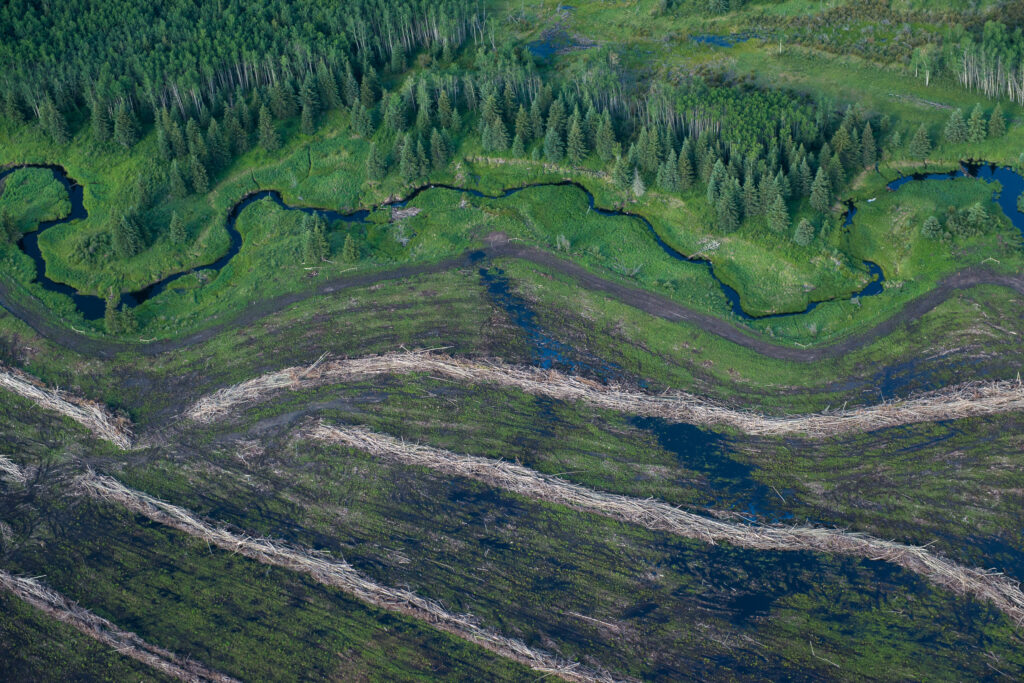
He said little has changed over the intervening decades and the impacts to Saulteau territory continue, with the province issuing logging permits for vast clearcuts and allowing companies to spray herbicides to suppress deciduous growth.
He added cumulative impacts aren’t limited to industry, noting the province permits ranchers to pasture cattle on Saulteau territory. Areas where cattle graze can no longer be used for berry-picking or gathering medicinal plants and because elk and moose leave the area when cows are present, community members struggle to fill their freezers.
“All that’s been done without our consent and without our involvement,” he said.
Napoleon said the Blueberry River court decision is an opportunity for Nations like Saulteau to force the province to listen.
“Maybe with this court case we can turn around and step on a few toes,” he said.
The Ministry of Indigenous Relations and Reconciliation told The Narwhal in an emailed statement it is looking into what the court ruling means to other Treaty 8 Nations.
“The province has a responsibility to consider the court’s findings on provincial regulatory regimes, cumulative effects processes and scope of Treaty 8 Rights for any ongoing consultation and engagement with other Treaty 8 Nations,” a spokesperson wrote. “As we move forward, we will consider other implications of the decision for the Treaty 8 area and the province more broadly, including the court’s criticisms of the processes by which cumulative impacts are assessed and managed.”
Updated Nov. 10, 2021 at 2:58 p.m. PT: This article was updated with information about public engagement on the province’s review of its royalty credit framework.
Get the inside scoop on The Narwhal’s environment and climate reporting by signing up for our free newsletter. A $335 million funding commitment to fund...
Continue reading
In Alberta, a massive open-pit coal mine near Jasper National Park is hoping to expand...

A trade war could help remake B.C.’s food system, but will family farmers be left...

First Nations are leading efforts to make sure lake sturgeon can find a home in...
